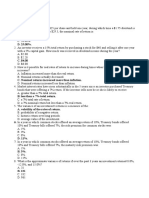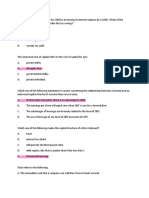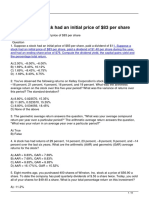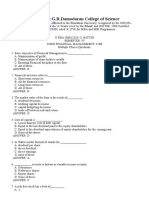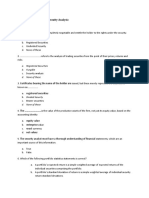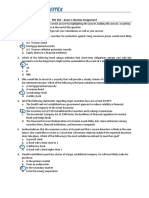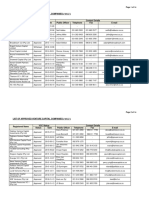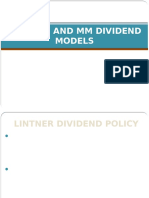0% found this document useful (0 votes)
12 views30 pagesCFM Print
The document covers various aspects of long-term financing, risk and return, and capital structure. It includes multiple-choice questions on topics such as venture capital, IPOs, portfolio risk, beta, and the cost of capital. The content is structured in sessions, focusing on key financial concepts and calculations relevant to investment and corporate finance.
Uploaded by
Vikalp BibhutiCopyright
© © All Rights Reserved
We take content rights seriously. If you suspect this is your content, claim it here.
Available Formats
Download as PDF, TXT or read online on Scribd
0% found this document useful (0 votes)
12 views30 pagesCFM Print
The document covers various aspects of long-term financing, risk and return, and capital structure. It includes multiple-choice questions on topics such as venture capital, IPOs, portfolio risk, beta, and the cost of capital. The content is structured in sessions, focusing on key financial concepts and calculations relevant to investment and corporate finance.
Uploaded by
Vikalp BibhutiCopyright
© © All Rights Reserved
We take content rights seriously. If you suspect this is your content, claim it here.
Available Formats
Download as PDF, TXT or read online on Scribd
/ 30


